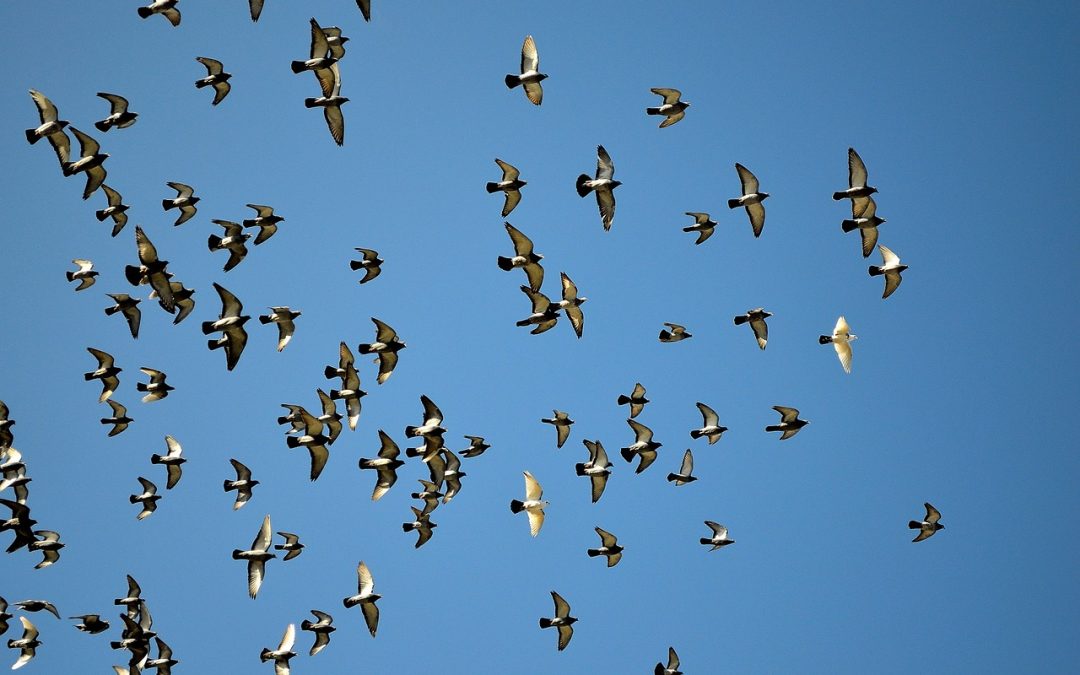How many birds are there in the world?
-

- by Admin
- Oct 05, 2024

Standing in a northern Everglades marsh in 2015, biologist Corey Callaghan watched as an enormous flock of tree swallows wheeled in the morning sun. As the mass of birds passed overhead, Callaghan and his partner stood in astonishment. Just how many tree swallows were in the flock, he wondered—for that matter, how many birds are in the entire world?
“It was an awesome experience,” Callaghan says. Inspired, he began by counting the birds in the flock he had just witnessed: more than half a million. He came up with that number by taking photographs, counting birds in different segments of the image, and scaling up.
Counting all the world’s birds would be much trickier, for obvious reasons, but years later Callaghan nevertheless set out to be the first to come up with a hard number—or at least a plausible range. In a new paper, he and two other researchers at the University of New South Wales in Sydney, Australia, estimate there are likely between 50 billion and 428 billion birds on Earth.
This range is so broad due to various uncertainties—among them, the difficulty of counting billions of small animals that can fly, the wide and often unclear ranges over which birds roam, and a lack of scientific data in many areas of the world.
Many sparrows, few rarities
According to the paper, the world’s most abundant bird is the familiar house sparrow, with a population of 1.6 billion. Coming in second is the European starling (1.3 billion), followed by ring-billed gulls (1.2 billion), barn swallows (1.1 billion), glaucous gulls (949 million), and alder flycatchers (896 million).
The scientists weren’t surprised to find only a few super-abundant species, and many more rare ones, as is the common pattern in ecology. Overall, the scientists estimate that 1,180 bird species—12 percent of the world’s total—each have a total population below 5,000.
If a species has a total population under 2,500, the International Union for Conservation of Nature would label it an endangered species.
These rarities include everything from the great spotted kiwi (estimated population: 377 individuals) to the Javan hawk eagle (630) and the Seychelles kestrel (under 100). As for the tree swallows that helped pique Callaghan’s curiosity, there are around 24 million of them, as he learned in doing the study.
0 Comments:
Leave a Reply